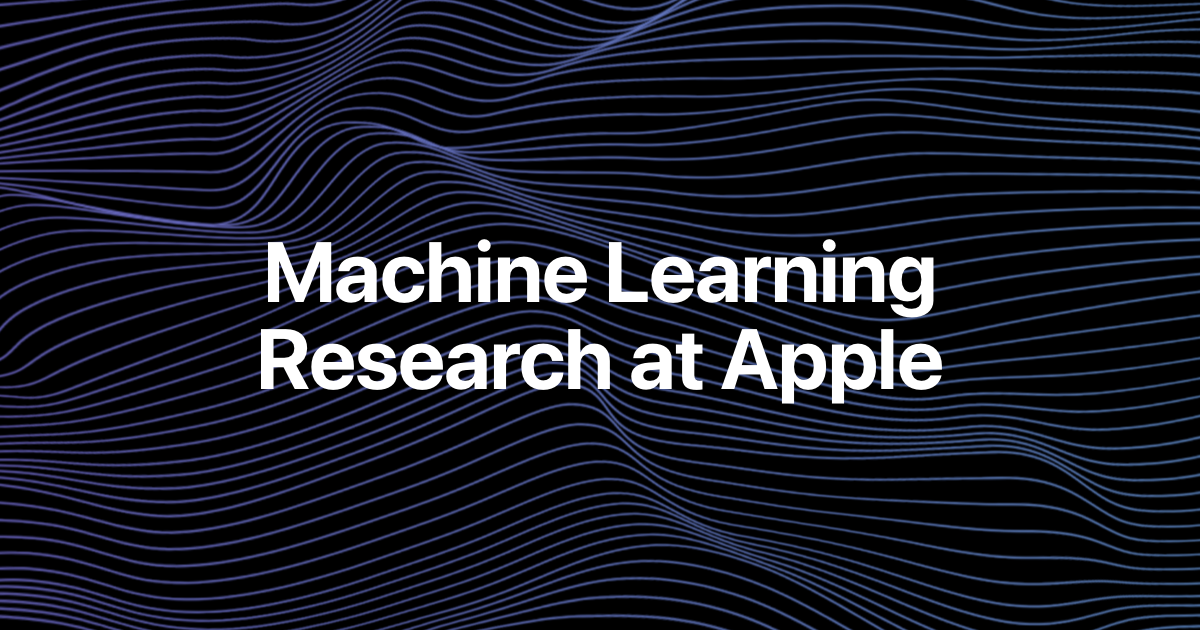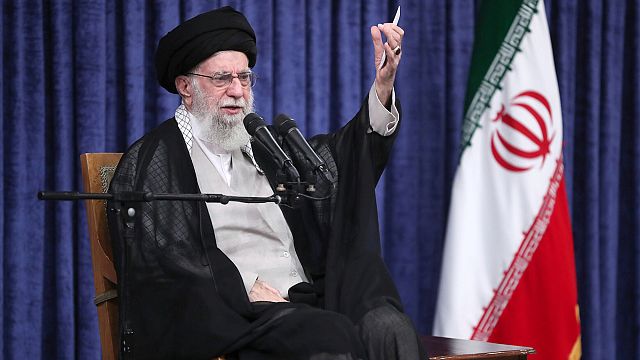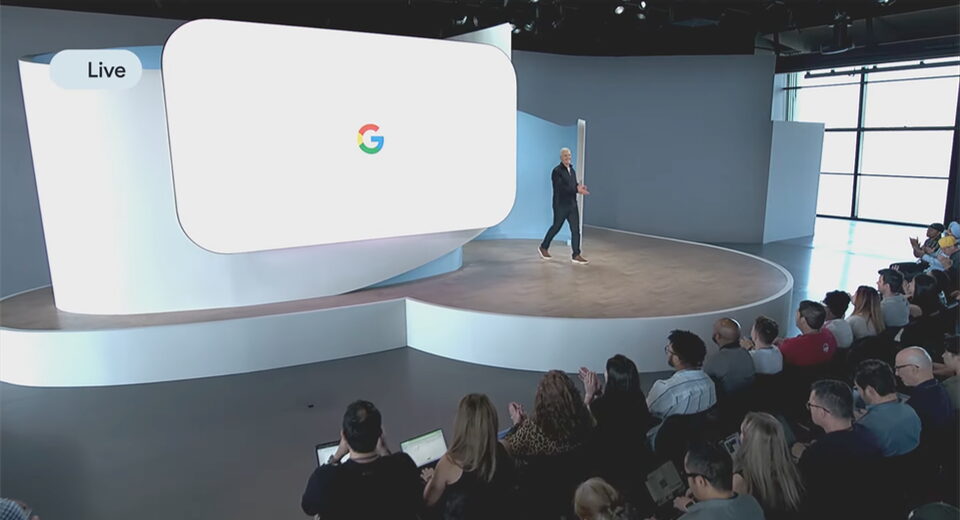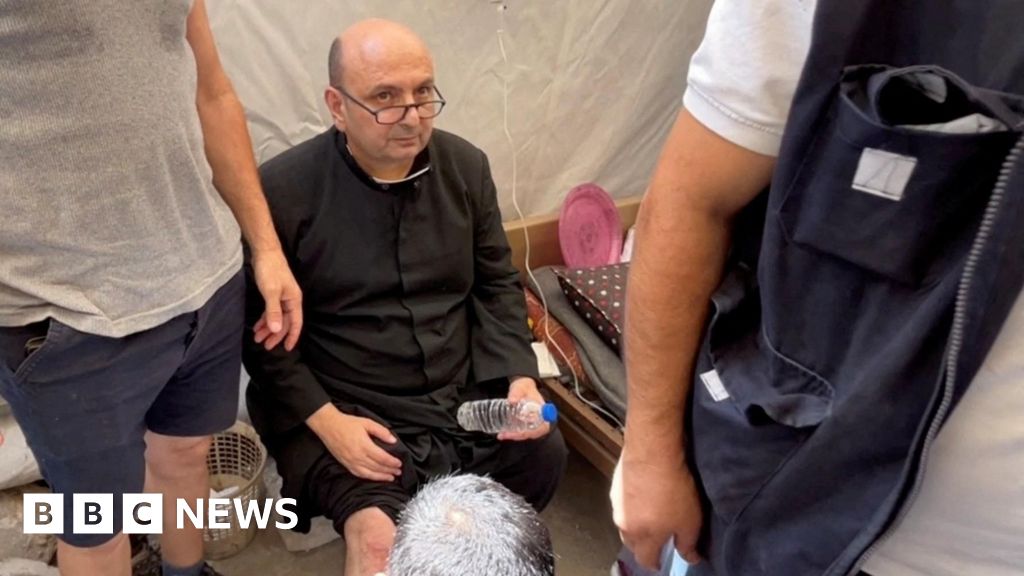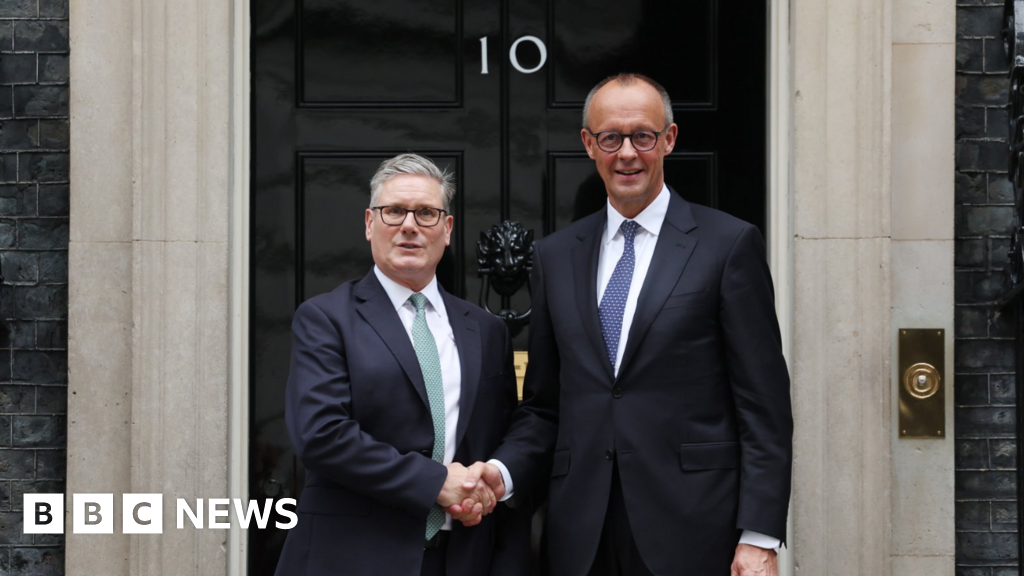Trump Wants Lower Rates. Firing Powell Could Push Them Higher.


President Trump wants the Federal Reserve to lower interest rates. Firing Jerome H. Powell, the Fed chair, could have precisely the opposite effect, pushing up costs for home buyers, businesses and other borrowers.
Mr. Trump in recent days has intensified his long-running attacks on Mr. Powell, whom he has criticized for holding interest rates at a relatively high level even as inflation has cooled and economic growth has slowed. On Tuesday, the president asked a group of House Republicans whether he should fire Mr. Powell, and showed off a draft of a letter that would do so.
Asked on Wednesday whether he intended to fire Mr. Powell, Mr. Trump said he had no immediate plans for a removal, though he refused to rule it out. If he took such a step, it is unclear whether he would succeed. Mr. Powell has indicated his intention to serve out his term as chair, and many legal experts say the law is on his side.
Even if Mr. Trump did manage to oust Mr. Powell, the move might prove counterproductive. A new chair might be able to persuade enough other Fed officials to lower the short-term interest rates that the central bank directly controls. But the rates that matter to most borrowers are long-term rates, particularly those on 10-year and 30-year federal government bonds, which are the basis for what borrowers pay for mortgages, auto loans and lines of credit for most businesses.
The Fed’s decisions influence those rates, but it is investors, through their buying and selling of government bonds, who set them directly. Firing the Fed chair — and, in so doing, undermining the central bank’s longstanding independence — could send them soaring, economists warn.
“If my sole objective were lowering borrowing costs, this would not be the way I would go about it,” said Glenn Hubbard, a Columbia University economist who served as an adviser to President George W. Bush. “It’s not going to work.”
Sure enough, yields on federal bonds — which reflect the interest rates that investors demand to lend the government money — rose sharply on Wednesday after news about Mr. Trump’s threats broke. They moderated after the president suggested a decision wasn’t imminent.
Firing Mr. Powell could push up long-term interest rates for two reasons. The first is inflation: If Mr. Trump moves to take more direct control of the Fed’s policy decisions, bond investors may expect more inflation in the years ahead and, as a result, demand higher interest rates.
The Fed, like central banks in most advanced economies, is meant to be insulated from political influence in order to give policymakers the freedom to fight inflation even if doing so is painful in the short term. That is what Mr. Powell did during the Biden administration as prices spiked. The Fed raised interest rates to their highest level in decades in order to bring inflation under control, even as forecasters predicted — wrongly, it turned out — that doing so would cause a recession.
“The Fed’s credibility and independence was critical in getting Covid inflation back down quickly,” said Joseph E. Gagnon, a former Fed economist who is now at the Peterson Institute for International Economics.
If Mr. Trump undermines that independence, investors may lose confidence in the Fed’s willingness to take unpopular positions — like keeping interest rates high to stamp out price gains. That could lead investors to expect inflation to be higher on average than it has been in recent decades.
That would affect the price the government pays to borrow money because if investors expect higher inflation, they will demand higher interest rates. An investor who expects prices to rise 2 percent per year, for example, may be willing to lend the government money at an interest rate of 4 percent; if inflation averages 3 percent instead, an investor would need a 5 percent interest rate in order to make the same return.
The second reason that firing Mr. Powell could backfire has to do with the U.S. government’s debt. Mr. Trump has said in recent weeks that, by keeping rates high, Fed policymakers are costing taxpayers “trillions of dollars in interest cost.” That’s because the central bank influences — albeit indirectly — how much interest the government owes on its nearly $30 trillion in debt.
Such comments imply that Mr. Trump sees it as the Fed’s job to help the government pay its debts, rather than as the job of Congress and the president to set tax and spending policy in a responsible manner. That could encourage even more borrowing when most economists already believe the United States is on an unsustainable fiscal path, in part because of the enormous tax-and-spending bill that Mr. Trump signed into law this month.
“Lowering interest rates so there’s less debt and more ability to do things like tax cuts is an extremely dangerous and scary goal for a central bank to have,” said Jason Furman, a Harvard economist and former adviser to President Barack Obama. “Every central bank that has embarked on that path, it’s ended very, very badly.”
If investors lose faith in the government’s ability to make good on its obligations, they could demand a higher rate of return to compensate them for that risk, said Tara Sinclair, an economist at George Washington University who studies the Fed.
“This idea that debt service is going to be somehow lowered by a more politically intervened Fed is exactly wrong,” she said. She noted that, even before this week, bond yields had been rising in ways that suggested mounting concerns from investors.
Mr. Trump also flirted with firing Mr. Powell during his first term — not long after he elevated him to the chair role. Economists warned at the time that interfering with the central bank was a dangerous precedent. But the context then was different: Inflation had been low and stable for years, and the U.S. debt load, though high by recent historical standards, was generally seen as manageable.
Today, the risks are greater. The surge in prices that followed the pandemic is fresh in people’s memories, and inflation, though far below its 2022 peak, remains above the Fed’s target of 2 percent. At the same time, the rapid increase in the federal debt — first because of the government’s response to the pandemic, and more recently because of Mr. Trump’s tax package — has exacerbated concerns about the long-run fiscal picture.
Both trends make threats to Fed independence more dangerous now than they were during Mr. Trump’s first term, said Karen Dynan, a Harvard economist who worked in the Treasury Department under Mr. Obama.
“I think the context makes a big difference,” Ms. Dynan said.
“Inflation expectations are more at risk of coming unanchored just because we had the bad inflation a few years ago,” she said. “And with government debt so high, the incentive for politicians to try to reduce that burden by meddling with monetary policy is higher.”
Mr. Powell’s term as chair expires in May, so Mr. Trump will soon have an opportunity to appoint a new top policymaker even if he does not follow through on his recent threats. The president, who has indicated in recent weeks that he will select someone who promises to cut interest rates, is sure to apply pressure to ensure his pick follows through.
There is historical precedent for such meddling — but not one that either Mr. Trump or the next Fed chair is likely to want to repeat. A Fed chair in the 1970s, Arthur Burns, yielded to pressure from President Richard M. Nixon to keep interest rates low before the 1972 presidential election. That contributed to the runaway inflation that lasted much of the rest of the decade.
The next Fed chair will want to avoid repeating that mistake, said Mr. Gagnon of the Peterson Institute. That could lead him or her to resist Mr. Trump’s pressure, just as Mr. Powell has.
“No one wants to be Fed chair during the next 1970s-style inflation,” Mr. Gagnon said. “No one wants to be the next Arthur Burns.”
Colby Smith contributed reporting.
What's Your Reaction?
 Like
0
Like
0
 Dislike
0
Dislike
0
 Love
0
Love
0
 Funny
0
Funny
0
 Angry
0
Angry
0
 Sad
0
Sad
0
 Wow
0
Wow
0
